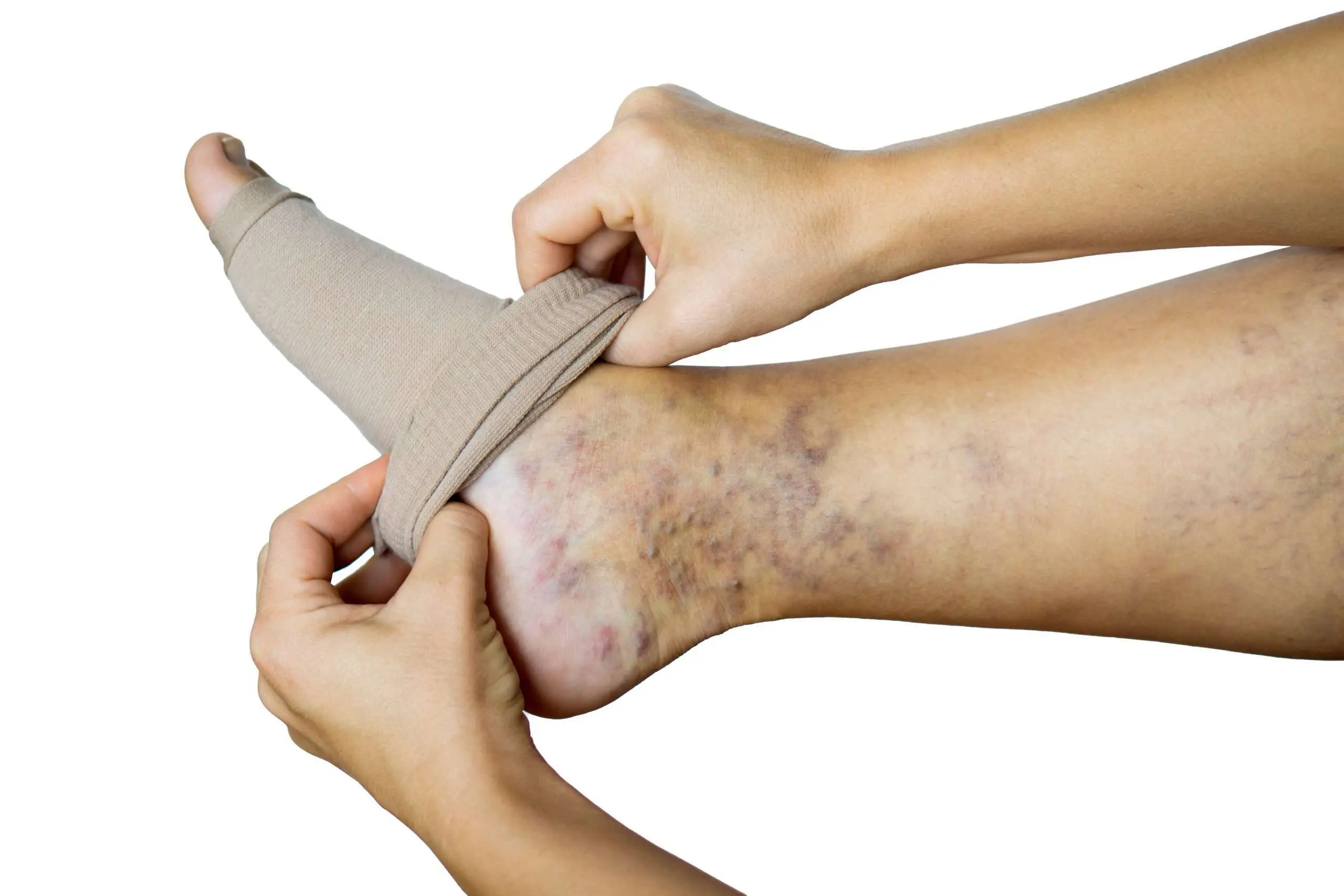
Bad blood flow from the lower limbs to the heart is the result of venous insufficiency in the legs.
Such a circulatory condition may be dangerous to one’s well being if not treated properly, and it may also become chronic.
Venous insufficiency causes major functional complications even though it is not painful at first.
Knowing how to identify the warning signs of vein disease is important in order to receive timely treatment.
Here are the signs and symptoms of venous insufficiency, as well as how to prevent it from worsening.
Symptoms of venous insufficiency in the legs
Since circulatory disorders must be handled as soon as possible, knowing how to identify the signs is critical.
The following are symptoms of venous insufficiency in the lower limbs:
- The feet, knees, and legs swell
- Numbness or loss of sensation in the feet
- The affected areas have blue skin
- Feet and legs have reddish dots
- Leg cramps at night
- Legs that feel heavier than normal
- A constant need to move your legs
Since the risks of venous insufficiency are never far away, seeing a doctor or podiatrist after experiencing these symptoms is highly recommended.
The consequences of venous insufficiency in the legs
It is never a good idea to take movement disorders lightly, seeing as ignoring the signs of venous insufficiency in the legs can lead to serious consequences.
The following scenarios can occur if proper care is not received:
- Varicose veins: Those are infected veins that swell and turn bluish as a result of inadequate blood circulation.
- Edema: Blood serum accumulates outside the veins in the interstitial tissues due to insufficient blood supply in the feet and legs. The foot and ankle swell as a result of this condition.
- Venous ulcers: Inflammation affects the tissues surrounding the impacted veins, and the skin of the foot is likely to weaken. The foot’s dermis becomes prone to bumps, and varicose ulcers can develop near the ankle’s malleolus (bony bump).
- Phlebitis (venous thrombosis): This is a complication of venous insufficiency that causes painful blood clots. Unresolved varicose veins are a common cause of superficial venous thrombosis. Deep phlebitis is very dangerous because it affects veins with stronger blood flow
What causes venous insufficiency in the feet?
The valves in veins ensure that blood flows freely in the lower limbs.
Normally, these “control valves” prevent blood from backing up against the vein wall.
The valves, however, have trouble performing this role in some circumstances.
As a result, the stagnant and pooling blood plasma causes the pain experienced by the patients.
The body’s technical problems can be caused by a variety of factors, including the following:
- Smoking
- Insufficient physical activity
- Blood pressure that is too high
- Unhealthy eating habits
- Heredity
- Pregnancy
- Pregnancy
- Heat or sun exposure on a continuous basis
- A professional activity that requires being static for a long time
- Wearing shoes with high heels
Prevent venous insufficiency
If found early, this vascular condition of the foot is easier to manage.
However, since it is more common in people who are ill, prevention also means leading a healthy lifestyle.
The following habits will help you avoid venous insufficiency in your feet:
- Engage in low or moderate-intensity exercise, such as swimming or walking
- Reduce the wearing of high-heeled shoes
- Stop smoking
- Opt for a healthy and balanced diet
- Avoid staying in a static position for too long
- Move your toes, feet and ankles regularly
- Wear loose clothing
Medical treatments
Despite attempts to reduce the effects of venous insufficiency, a physician or podiatrist will almost certainly be needed.
The aim of the treatment for venous insufficiency in the foot is to alleviate the symptoms.
We can consider therapeutic approaches such as:
- Compression stockings that are prescribed to help improve blood flow
- If wounds or venous ulcers are present, wound care is needed
- The mechanical variant of compression stockings – intermittent pneumatic compression (CPI)
- Prescription of phlebotropics, which tighten the vein walls and alleviate pain temporarily
- Prescription for anti-phlebitis medication
Venous insufficiency cannot be treated with surgery.
Surgery can, however, be used by the treating physician to alleviate the symptoms of varicose veins.
Surgical procedures that fall under this category include:
- Removal of varicose veins
- Cryosurgery
Stripping, in which the main vein in the lower limbs is removed with a few incisions
PiedReseau – Learn more
Do you want to learn more about foot circulation problems? There’s a lot of related material on our pages!
Even though the PiedReseau website contains useful content, nothing beats a face-to-face appointment with your podiatrist.
Take care of your feet, they’re precious!